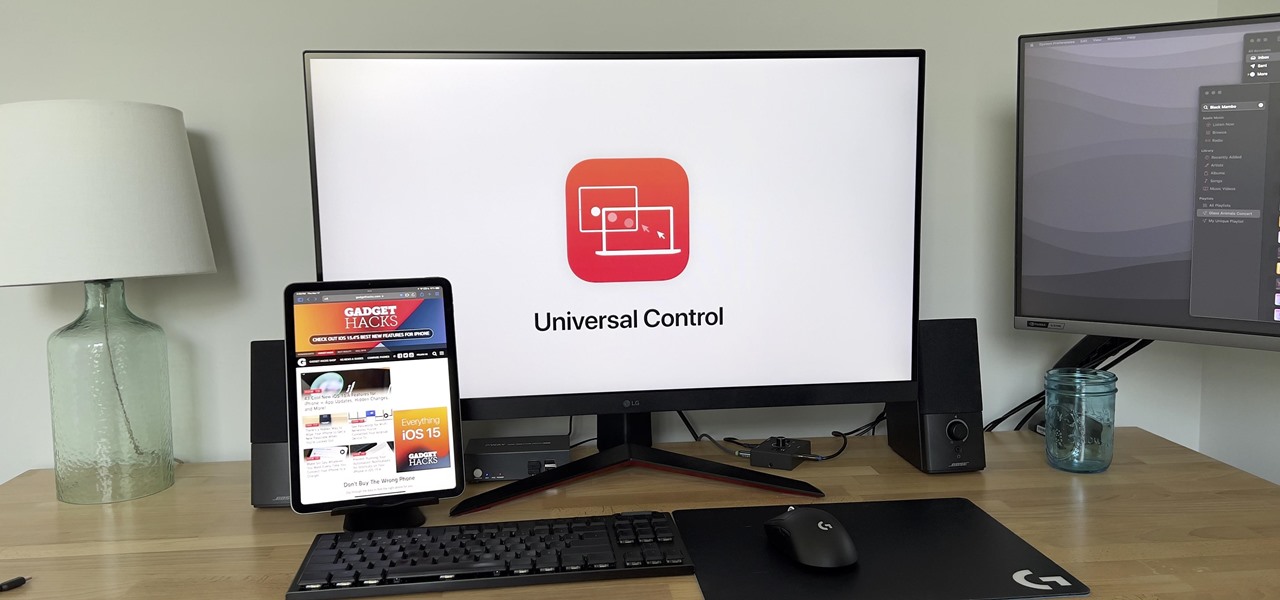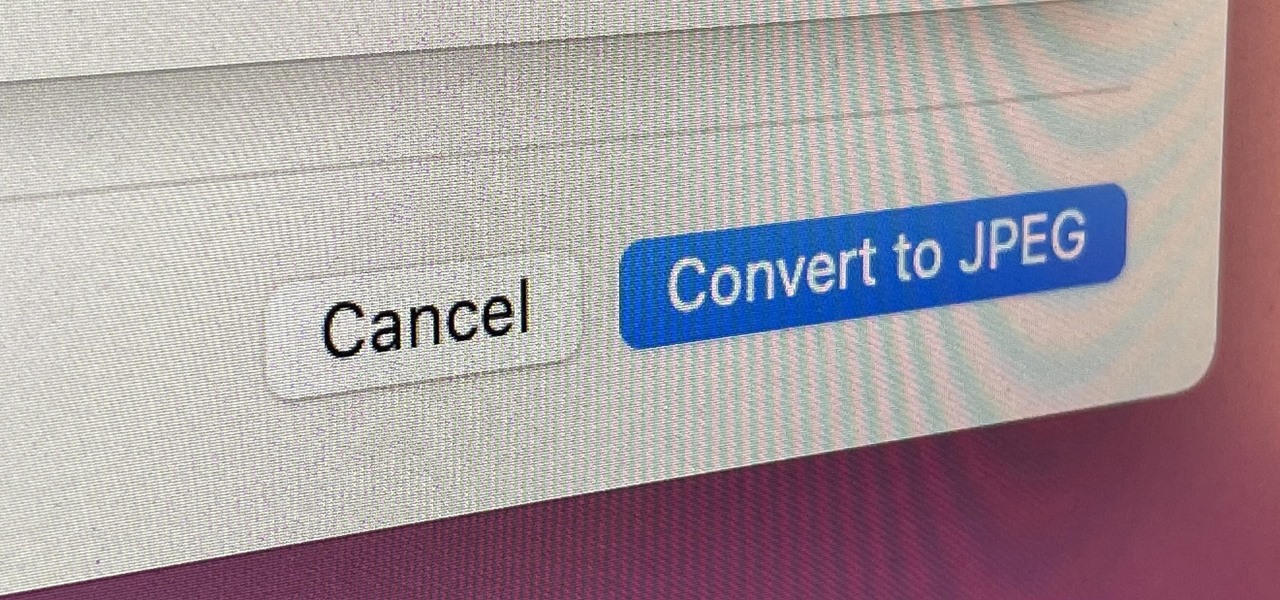How to Secure a Windows Desktop Against Theft
Desktop
Key Takeaways
- Use a Kensington Lock or security screws to physically secure your desktop PC from theft.
- Enable Find My Device in Windows to track or control your stolen computer remotely.
- Encrypt your hard drives and consider anti-theft software like Bitdefender to protect your data and track your desktop.
With the popularity of laptops, the theft of laptops is probably at the forefront of everyone’s thoughts. However, just because laptops are a juicy target doesn’t mean your desktop computer is safe.
Apart from the obvious stuff, like locking your door, and locking your computer when you’re away, there are a few things you can do to make someone walking off with your desktop PC less likely, or at least prevent them from breaching your data if they do get away with it.
Use a Kensington Lock
Kensington-style locks are still the gold standard in physically securing your computer, and most business laptops come with the correct lock point built in. While some PC cases do as well, odds are that yours doesn’t. Luckily, you can still use an anchor plate that comes with the Kensington desktop locking kit to prevent a thief from easily walking off with the computer.
Of course, someone might simply open the computer and remove components like your GPU or hard drive. To prevent this, you can replace your case screws with anti-tamper security screws of the same type. These require a special screwdriver to remove, and unless the thief happens to have that exact tool on hand, they’re not opening the system.
Some PC cases, particularly business desktops, have a spot on the case where you can add a padlock or a propietary lock for that case, which prevents it from being opened.
One elegant solution is something like the Smart Keeper PC Lock, which is a combination lock that fits onto one of the panel screws. This makes it impossible to open the PC case without defeating the lock first.
Enable Find My Device in Windows
Windows has a great feature known as “Find My Device.” With this feature activated, you can take control of your stolen computer, and in some cases even track it down. This is mostly a feature people associate with laptops, but there’s no reason it can’t work for a desktop system. Simply follow our Find My Device guide, and then hope you never have to use this feature.
Encrypt Your Hard Drives
If your computer is stolen, the hardware can be replaced by insurance, or with money from your own pocket. If you have a sensible backup policy, you probably won’t lose any data either. However, you don’t want your private information in the hands of thieves.
While you might get a chance to wipe the computer remotely using the aforementioned Find My Device function, you should still encrypt your drives to prevent your info from falling into the wrong hands. Disk encryption in Windows is easy, and there’s no real downside. Also, if you have more than one internal drive, remember to encrypt all of them.
Consider Anti-Theft Software
Windows’ tracking feature might not be as effective as you’d like to feel a little more secure. In which case, you may want to invest in commercial software like Bitdefender Anti-Theft. While these application suites are designed to track down laptops, or let you remotely control them, there’s no reason they can’t also work for desktop computers. Assuming that the computer isn’t immediately broken down for parts, that is.
Use Asset Tags
The last thing I can suggest is making use of asset tags. Not only do asset tags make it easy to prove that something belongs to you (though you should document serial numbers too), they also act as a deterrent to theft. If your PC chassis and peripherals are marked with clear asset tags, that’s a pain for a would-be thief. You want tags that have an anti-tamper design, making it hard if not impossible to remove without damaging the computer’s facade.
With many PC desktops worth thousands of dollars, it makes sense to spend a little time making it less likely it gets stolen, and ensuring you can track it down or wipe your data if the worst does happen.


















